
Chicken is the food and drink star of Top Products 2023. On paper at least. Only vaping brand Lost Mary has increased sales more than its £285.1m gain. Shifting an extra 5.9 million kilos, chicken is grabbing market share from more expensive proteins, says NIQ client manager Jason Wootton.
“Chicken proved to be a favourite option within fresh, showing how consumers have focused on cost-effective meat while cooking meals at home that can be easily split, shared and rationed,” says Wootton.
In fact, chicken was the only meat in volume growth. But the vast majority of extra sales were driven by inflation – average price per kilo is up 13.4% – with volume sales growth a modest 1.2%.
And even with extra volume, chicken has struggled in the conditions. Ranjit Singh Boparan, 2 Sisters Food Group president, told The Grocer in May the poultry sector was at “breaking point” due to the impact of soaring production costs.
Less shopper demand for whole chicken
It’s been a long time coming. Avara Foods CEO Andy Dawkins sees 2023 as “a continuation of the inflationary trend we’ve been seeing for almost two years,” he says. “But what’s different is we’re now seeing inflation flow to the shelf edge.”
That is now affecting consumer behaviour. “There’s been a trend towards managing the wallet, and we are seeing people either trading down or even out of the category altogether, with some people eating less chicken or even something completely different,” adds Dawkins.
In light of this cost-saving trend, Avara has seen significantly less demand from shoppers for whole birds, coupled with increased demand from retailers for cheaper cuts – much of which would have previously been directed to foodservice and food processing.
“We’re not quite at a new normal yet, but we have definitely seen a recalibration and a stabilisation as opposed to the level of strong sales growth we’ve seen in past years,” Dawkins says.
Reduced retail demand has had a big impact operationally. Avara closed its Abergavenny factory this summer. It’s now consulting to shutter its Newent plant amid “significant inflationary pressure in fuel, commodities, and labour these past two years”.
These themes are also playing out in red meat, notes Grace Randall, AHDB retail insight manager. Many shoppers “cut back where they could last year and are now often switching out of the category”, she says, adding that price continues to be the key focus of shoppers, while concerns such as the environment and health remain peripheral.
That concern is no surprise given red meat products are up 11.5% in price per pack on average. So, even though beef has added £141.7m, all that growth is the result of inflation; volumes are down 2% while average unit price is up 9.7%.
Pork was affordable red meat alternative
Other red meats have also seen volumes tank as prices go up. For lamb, the respective numbers are 8.6% and 9.1%.
Randall notes that pork “has also struggled”. Average price, driven by a 60%-plus farmgate price hike since January 2022 [AHDB], has rocketed 16.1%.
For many years, pork was an affordable alternative to beef and lamb and often cheaper than chicken – but not any more.
“Pork steaks are now very close in price to chicken breasts, so many people are switching into chicken as it’s more convenient,” Randall says.
But while the outlook seems bleak for red meat, there is in fact some cause for cautious optimism: sausages are showing signs of recovery. While annual volumes are down 1.2%, they’ve returned to growth over recent months due to their versatility and cost-effectiveness, Randall says.
And that revival looks set to continue. Scratch cooking, “which has suffered as shoppers opted for convenience”, will be a more popular choice in 2024, she predicts.
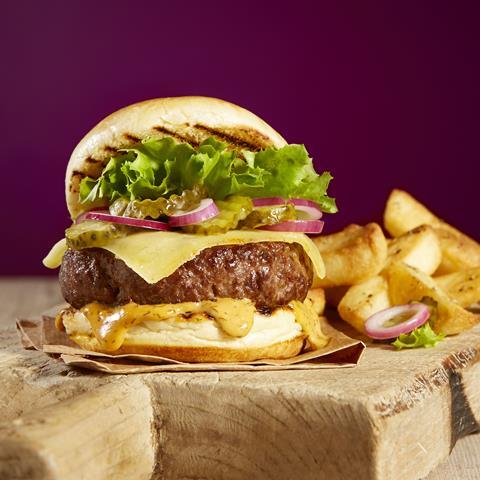
In the summer, Finnebrogue Artisan partnered with Ivy Farm Technologies, a British cultivated meat business. Their aim: to create a lab-grown wagyu beef burger for UK retail. Finnebrogue – best known for supplying own-label meats and its own Better Naked brand – has signed a letter of intent with Ivy Farm, which is developing a variety of cultivated meat products at its Oxford headquarters. The tie-up will see the two companies work together to produce the burgers once the nascent lab meat industry is given the regulatory green light by the FSA.
Top 10 fish species prices double
If meat and poultry has struggled with inflation, the fortunes of the fish category have been even more challenging. The category’s overall average price hike of 11.6% has been “the main contributing factor” to a 9.6% fall in volumes, NIQ’s Wootton says.
All but two of the fresh fish category’s top 10 species have seen double-digit price increases. Top three salmon, cod and haddock are up 13.9%, 12.6% and 14.6% respectively, due to factors such as soaring production costs and tight supply made worse by an embargo on Russian-caught fish.
With so much inflation across these types of fish, now should be the time shoppers and retailers look at cheaper, lesser-known species, says Victoria Townsend, retail director of Ocean Fish.
Actually, it’s already happening. Hake, for instance, has enjoyed an 8.3% rise in volumes, while being 21.8% cheaper per kilo than cod.
Basa – also known as pangasius – performed even better. Its volumes are up 19.9% on an average price 18.3% lower than cod’s.
Ocean Fish has “never sold so much pangasius”, Townsend says. It’s also seeing increased demand for hake. Both species – which the supplier imports – are “very appealing” and easy to cook, she adds.
But she warns that efforts to switch to cheaper and less popular species could be hampered by reluctance by the mults to source fish not MSC-certified.
“On something like plaice, there’s a lot of opportunity. You can order plaice in restaurants and you see it on the few retail fish counters that are still in the UK, but currently southwest plaice is not MSC,” Townsend explains.
“That stops it being attractive or the first choice for retailers due to their often strict polices around certification and focus on MSC sourcing.”
In the waters around Ocean Fish’s home of Cornwall, there are only two MSC-certified species, sardines and hake, she adds. “So, where does that leave all these other amazing species that we land to our shores without MSC status?”
So, if retailers don’t relax their specifications, any efforts to diversify supply – and keep fish at affordable prices – could fall at the first hurdle.
Top Launch 2023
Bistro Bakes | Mowi UK
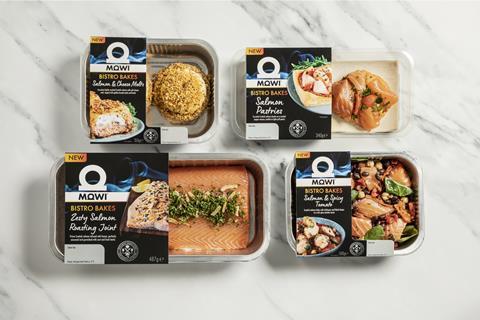
Mowi made its debut in added-value fish in April with Bistro Bakes, rolling it into Sainsbury’s and Asda. Salmon Pastries, Salmon & Cheese Melts, Salmon & Spicy Tomato Bake, and Zesty Salmon Roasting Joint (rsps: from £4.50) are targeted at shoppers who want restaurant-quality meals at home. “Salmon is such a versatile fish, but not everyone has the confidence or the time to prepare it,” said Robin Brown, Mowi head of development, in the spring. “We’re taking the hassle out of it.”
Face off: Top Products Survey 2023 pits brands vs own-label
![Beans Face Off_RGB[18]](https://dmrqkbkq8el9i.cloudfront.net/Pictures/261x166/9/5/1/311951_beansfaceoff_rgb18_56926_crop.jpg)
It’s no longer a battle of the brands. The bigger battle, after two years of inflation, is between brands and own label. Who’s winning?
- 1
- 2
- 3
- 4
- 5
- 6
- 7
- 8
- 9
- 10
- 11
- 12
- 13
- 14
- 15
- 16
- 17
- 18
- 19
- 20
 Currently
reading
Currently
reading
Fresh - meat, fish & poultry 2023: Cost-effective chicken sees huge gains
- 22
- 23
- 24
- 25
- 26
- 27
- 28
- 29
- 30
- 31
- 32
- 33
- 34
- 35
- 36
- 37
- 38
- 39
- 40
- 41
- 42
- 43
- 44
- 45
- 46




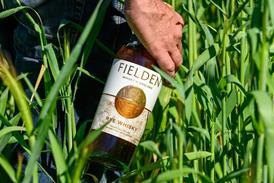


![Beans Face Off_RGB[18]](https://www.thegrocer.co.uk/Pictures/80x50/9/5/1/311951_beansfaceoff_rgb18_56926_crop.jpg)













































![Beans Face Off_RGB[18]](https://dmrqkbkq8el9i.cloudfront.net/Pictures/80x50/9/5/1/311951_beansfaceoff_rgb18_56926_crop.jpg)












































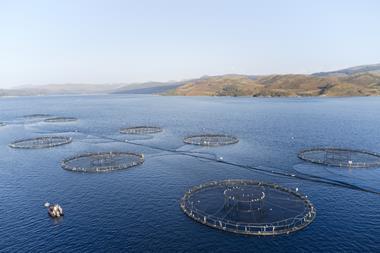
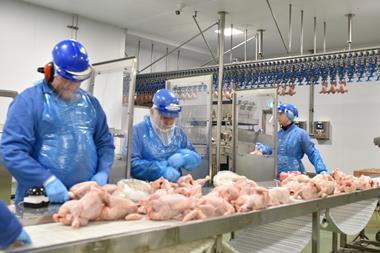
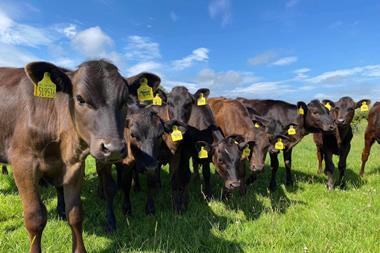
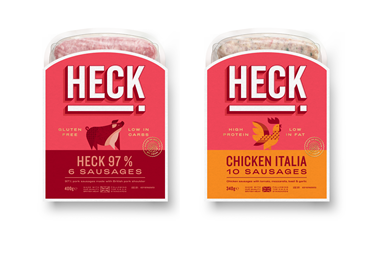
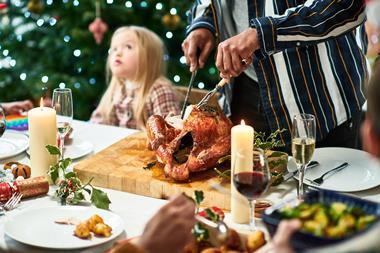







No comments yet